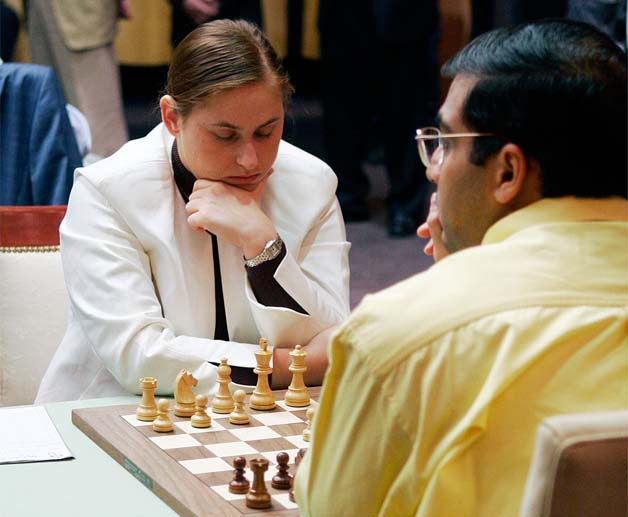BishopBerkeley: <thathwamasi>, <Benzol>, & <offramp>And now, two newly-minted Australian Nobel Laureates in Medicine take their places alongside those mentioned above in the pantheon of intellectual achievement from "down under":
http://nobelprize.org/medicine/laur...
<offramp> Just a bit of a tweak on your light-speed number...
Speed of Light =
(approx.) 186,000 miles/second
186K m/s * 3600 seconds/hour
= 669,600,000 miles/hour (approx.)
Even so, for many practical purposes, your estimate would be quite good (notwithstanding the fact that it exceeds the velocity-ceiling that Albert Einstein bumped his head on.)
<thathwamasi> If I may ask respectfully, I wonder if your name here at this fine site is a version of the sublime two-part Sanskrit utterance often rendered in English as
Aham Brahmasi
Tattvamasi ?
I believe this esoteric pair originate in the Upanishads, one of the sacred writings of the Hindu tradition (specifically, the Brhadaranyaka and the Chandogya Upanishads, if memory serves). They are sometimes "translated"
I am Brahman (the Supreme Self)
and
Thou art Brahman.
Though I'm sure there are many meanings associated with these utterances, I have always interpreted them to refer to the identity-yet-distinctness of the individual "smaller" self with the Collective Universal "Supreme Self" (Paramatman) spoken of by philosophers from many different traditions.
Thank you!
(: ♗ Bishop Berkeley ♗ :)
Incidentally, longtime friends Albert Einstein and Dr. Emanuel Lasker exchanged some interesting thoughts about the speed of light:
http://www.geocities.com/siliconval...
From Einstein's forward to Dr. Lasker's biography:
...Now I must justify myself because I never considered in detail, either in writing or in our conversations, Emanuel Lasker's critical essay on the theory of relativity. It is indeed necessary for me to say something about it here because even in his biography, which is focused on the purely human aspects, the passage which discusses the essay contains something resembling a slight reproach. Lasker's keen analytical mind had immediately clearly recognized that the central point of the whole question is that the velocity of light (in a vacuum) is a constant. It was evident to him that, if this constancy were admitted, the relative of time could not be avoided. So what was there to do? He tried to do what Alexnder, whom historians have dubbed "the Great," did when he cut the Gordian knot. Lasker's attempted solution was based on the following idea: "Nobody has any immediate knowledge of how quickly light is transmitted in a complete vacuum, for even in interstellar space there is always a minimal quantity of matter present under all circimstances and what holds there is even more applicable to the most complete vacuum created by man to the best of his ability. Therefore, who has the right to deny that its velocity in a really complete vacuum is infinite?"






